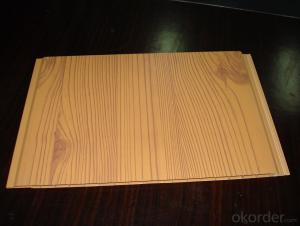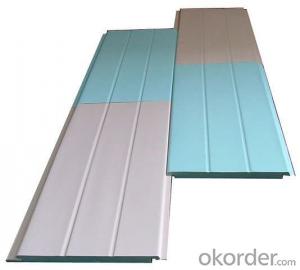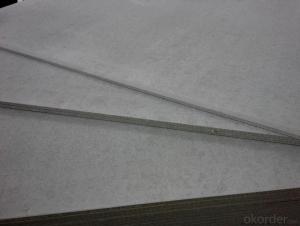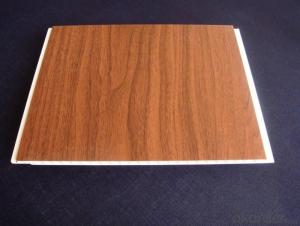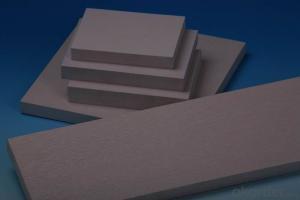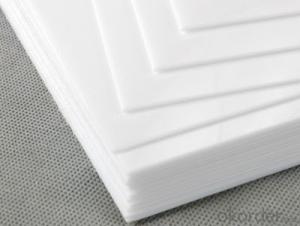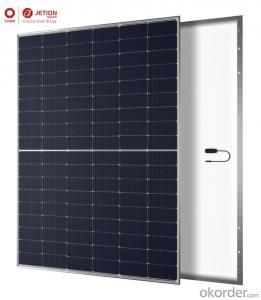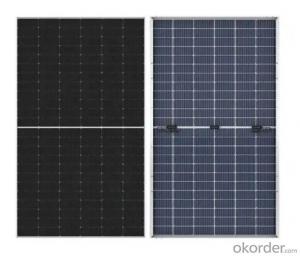Solar Panel Inverter Schematic
Solar Panel Inverter Schematic Related Searches
Shiny Or Dull Side Of Aluminum Foil For Cooking Inverter For 100w Solar Panel Solar Panel Inverter For Rv Pvc Tiles For Walls Wall Lights For Bedrooms Inverter Ac With Solar Panel Solar Panel With Inverter Kit Solar Panel Kits With Inverter Solar Panel With Inverter Direct Roving For PultrusionHot Searches
Used Sandwich Panel For Sale Pvc Chairs For Sale Tilt Panel Props For Sale Lightweight Scaffolding For Sale pvc pipe manufacturers in usa Sandwich Panel Price In India China Solar Panel Inverter Solar Inverter Panel Price China Pvc Geomembrane Sandwich Panel Manufacturers In Bangladesh Pvc Roofing Sheets Price India Pvc Roofing Sheets Price pvc resin price index Solar Panel Inverter Size Solar Panel Inverter Suppliers Q Cells Solar Panel Prices Tesla Solar Panel Inverter Honeycomb Sandwich Panel Suppliers Type Of Inverter For Solar Price Of Shipping Containers For SaleSolar Panel Inverter Schematic Supplier & Manufacturer from China
Okorder.com is a professional Solar Panel Inverter Schematic supplier & manufacturer, offers integrated one-stop services including real-time quoting and online cargo tracking. We are funded by CNBM Group, a Fortune 500 enterprise and the largest Solar Panel Inverter Schematic firm in China.Hot Products
FAQ
- Most solar panels (the flat ones that go onto roofs of houses) reject electricity produced by the panels if they are too low in voltage. For example, on a cloudy day, although the panels may still get some sunlight to produce some electricity, it is rejected because its too low in voltage. So, does anyone have any ideas?
- Put one more panel in series with other one to increase the voltage output during cloudy day.
- My solar panel is 24long..It is set at 45deg..the arms are 8quot;long to achieve that angle for winter. I need to get to 7deg for summer..how long will the new arms need to be?..in layman's terms please...thx
- You did not give the details of how the legs are attached to the panel. I did some calculations on my right triangle analysis application. Based on an assumption that the legs are vertical and attached to the bottom of the panel top, i calculated the legs must be 6.97 inches long. This compares favorably with the 8 inches you quoted. t If my assumption is true, the leg length for a 7 degree angle is 2.925 inches. The configuration, if my assumption is correct, will be a right triangle. The hypotenuse (longest leg of the triangle) is the panel length and the vertical legs are the supports. If my assumption is incorrect, edit your question to detail the support /panel configuration. TexMav
- The inverter I am using gets the required 2 DC volts from the solar panel, but fo some reason it just won't output the 0 AC voltage. When the inverter is hooked to a car battery, it works just fine off the same 2 DC rating. Help me out please...
- Solar panels output a very small amount of current. Even though you're getting 2V from the panels, you aren't getting enough amperage to power even the inverter itself, let alone anything plugged into the inverter. Car batteries are able to be used with inverters because they can crank out enough amps to power the inverter and whatever is plugged into it. Inverters only step up voltages and change DC to AC. They do not increase power (wattage) potential. If you want to plug in a 20W appliance into the inverter, the 2V source must be able to deliver 20W of power regardless of voltage. In pretty much everything solar powered, the panels are used in conjunction with batteries. The solar panels slowly recharge the batteries. The batteries are where most of the power comes from. Nothing is driven directly from the solar panels themselves unless the power requirement is low enough, such as a calculator. Solar panels will have an output rating in watts (W). If the wattage of your inverter plus whatever you plug into it is lower than the panel's output rating, then it can power it directly, provided you have 00% light input into the panel.
- Got a quote for about $K today for solar panels to save me about $00 a month on my electric bill. I was just wondering if anyone had successfully bought and installed their own and how it worked for you?
- i have always been interested in it but the storage (batteries) and power grid tie in (to get paid for excess) technicalities made me shy away. since your getting it installed im sure labor is a huge part of that -OKorder has tons of the equipment. I think wind may be a good home renewable source depending on where you live (cheaper than solar if you got the wind and space) I would doubly check any goverment offerings - I know they used to and maybe still do offer sizable credits if you are within the bureacratic standards so make sure the installers work with you on that. good luck -its new - and going to be a hassle to get right but the world needs more like you. willing to pay more now for a better tommorow (and not just $ wise) you should come out ahead as interest rates and market provides little value on that cash and saving any equipment falure you sound good. does the price include the batteries for all your produce kwh's? panels and labor aside batteries are the next big one
- Yes, solar panels can be used to power a data center. By harnessing sunlight and converting it into electricity, solar panels can provide a renewable and sustainable source of power for the energy-intensive operations of a data center. However, the feasibility may depend on factors such as the size of the data center, energy requirements, available rooftop or ground space for solar panel installation, and the location's solar energy potential. Additionally, integrating solar power with other energy sources or implementing energy storage systems may be necessary to ensure uninterrupted power supply for the data center's continuous operations.
- Solar panels which is the one produces the power...I wanna the complete description about it...
- What they consist of is little bitty silicon particles that transport the electricity through thermal conduction. The sun's rays activate it and create a circuit. The advantage of solar energy is that it's clean and renewable. At this point in time, though, it's inefficient because you only get about 0 to 5 percent output. Also, we don't have the technology right now to save solar energy and store it into batteries so it can be used at night.
- I used to live from my car and i am soon returning to that way.I want a solar panel to a battery to a surge protector so that i can use a portable wifi box and my laptop at the same time. Also i would charge my phone occasionally.I would like the charge to be enough for several days in case of cloudy weather.I just do not want anything to short circuit or ruin my laptop etc.Is thete a way to get this?What do i need or what exactly should i look into?
- Sorry, but you're looking at thousands of dollars to accomplish that. Solar power/panels aren't cheap enough yet to do what you're asking.
- Would like to know if the DIY Solar panel systems can be as efficient as a commercial grade panel.
- I would like to go with commercial grade solar panels.
